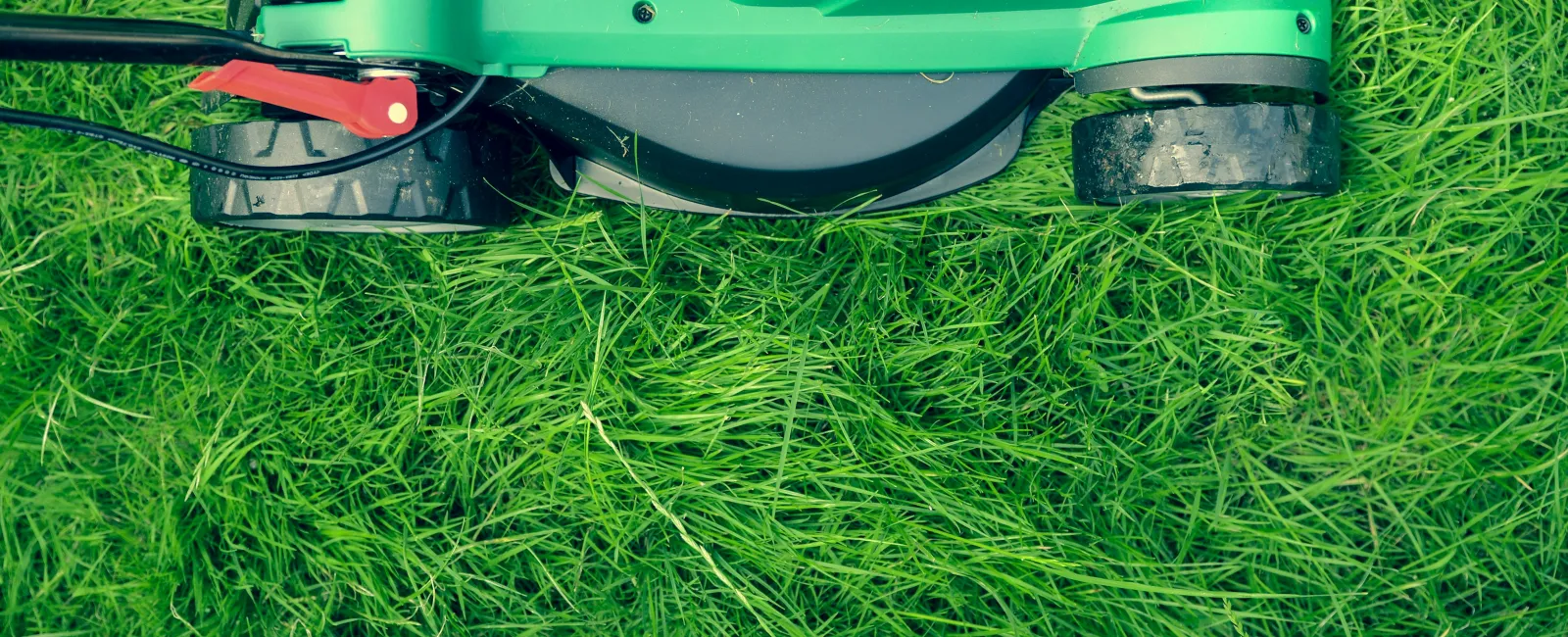Georgia's diverse climate, ranging from humid subtropical to oceanic in the coastal areas, influences a wide variety of grass types and growth patterns. Understanding these can greatly impact the health and appearance of your lawn. This guide provides essential insights into the optimal mowing frequency and identifies the key mowing seasons for Georgia homeowners.
Understanding Georgia's Lawn Mowing Season
When Does Grass Start Growing in Georgia?
Grass in Georgia typically begins to grow actively in the early spring, around late March to early April, as the temperatures start to rise consistently above 55°F. This is when you'll notice your lawn coming back to life, requiring more frequent maintenance as the growth accelerates.
When Is the Lawn Mowing Season?
Lawn mowing season in Georgia generally spans from early spring through the late fall. The active growing season for warm-season grasses, which are prevalent in Georgia, is between April and October. During this time, your lawn will need regular mowing to keep it healthy and looking its best.
How Often Should You Mow Your Lawn in Georgia?
Optimal Mowing Frequency
The rule of thumb for mowing frequency is to never remove more than one-third of the grass blade length at a time. This practice helps in maintaining lawn health and encourages stronger root development. Depending on the type of grass you have and the season, the mowing frequency can vary.
- Spring to Summer: During the peak growing season, it's common to mow once a week to maintain the ideal grass height and manage rapid growth.
- Fall: As growth begins to slow down, you may extend the time between mows to every two weeks.
- Winter: Mowing is generally not required during the colder months, as grass growth significantly slows or becomes dormant, especially in the cooler parts of Georgia.
Grass Types and Their Impact on Mowing Schedule
Georgia lawns are predominantly composed of warm-season grasses such as Bermuda, Zoysia, Centipede, and St. Augustine. Each of these grass types has its own ideal height and growth pattern, influencing mowing frequency.
- Bermuda and Zoysia grasses thrive with frequent mowing during the summer, ideally kept at a height of 1 to 2 inches.
- Centipede prefers a slightly higher cut, around 1.5 to 2.5 inches, and can be mowed less frequently.
- St. Augustine grass benefits from being kept at 2 to 4 inches tall, requiring mowing every 1 to 2 weeks during the active growth period.
Adapting to Weather Conditions
Georgia's weather can be unpredictable, with periods of heavy rain or drought impacting grass growth. During rainy spells, you may need to mow more frequently due to accelerated growth. Conversely, during drought conditions or hot, dry spells, it's advisable to mow less frequently to reduce stress on your lawn.
Key Takeaways for a Healthy Georgia Lawn
- Start Regular Mowing in Early Spring: Begin your mowing routine as the grass starts actively growing, typically in late March to early April.
- Follow the One-Third Rule: Never cut more than one-third of the grass blade to avoid stressing the lawn.
- Adjust Frequency Based on Growth: Increase mowing during the active growing seasons (spring and summer) and reduce frequency as growth slows down in the fall.
- Be Mindful of Grass Type: Know your grass type and maintain it at its ideal height for optimal health and appearance.
By adhering to these guidelines, you can ensure your Georgia lawn remains lush, healthy, and vibrant throughout the year. Regular mowing, when done correctly, not only enhances the aesthetic appeal of your property but also contributes to the overall health and resilience of your lawn.





